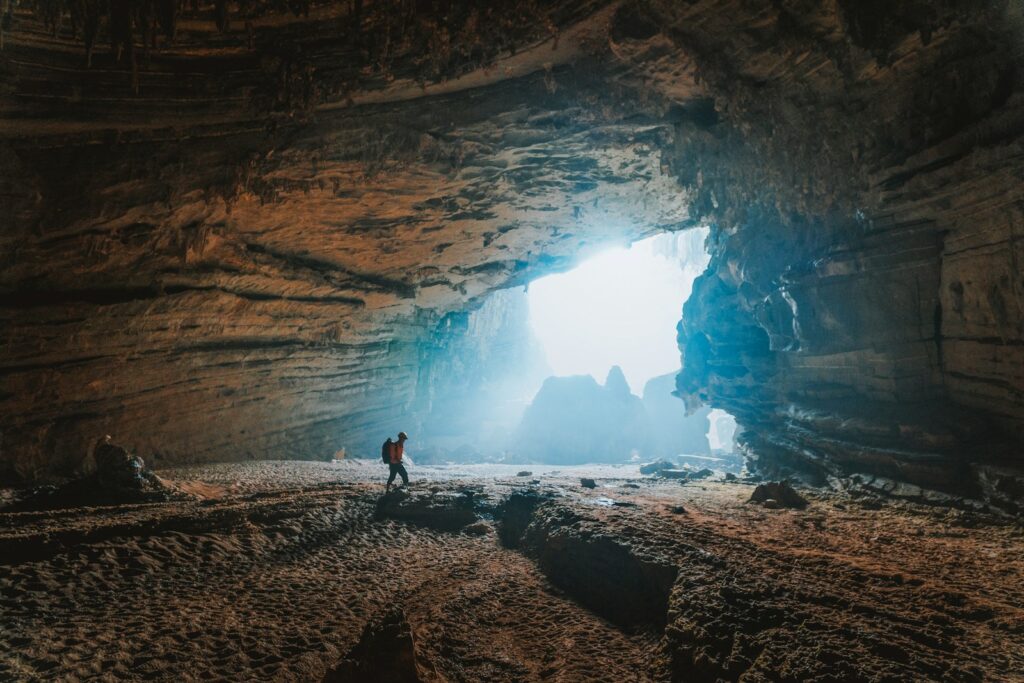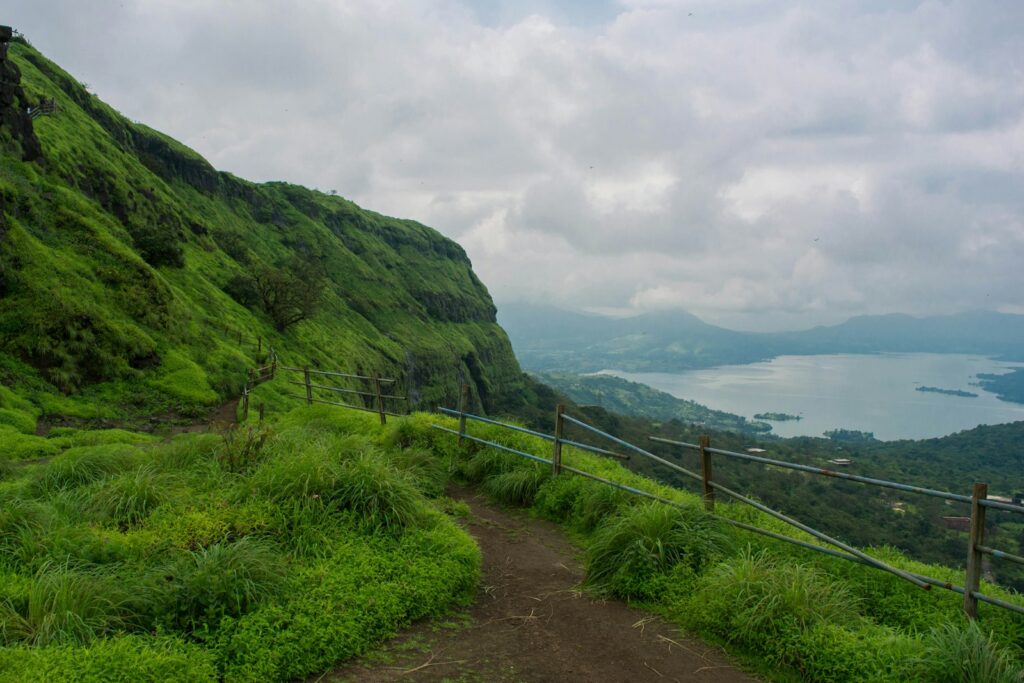World’s Largest Caves: Under the Earth’s surface lie vast, mysterious realms that have fascinated explorers and adventurers for centuries. Among these hidden wonders are colossal caves, immense caverns carved out by the forces of nature over millions of years. Join us as we embark on a journey to discover the world’s largest caves, where towering stalactites, underground rivers, and otherworldly formations await.
1. Son Doong Cave (Vietnam)
Hidden deep within the lush jungles of Phong Nha-Ke Bang National Park in Vietnam, Son Doong Cave reigns as the world’s largest cave passage. Discovered in 2009, this colossal cavern stretches over 5.5 miles in length, with sections reaching heights of over 650 feet and widths of 490 feet. Marvel at the otherworldly beauty of its vast chambers, colossal stalagmites, and subterranean rivers as you embark on an unforgettable expedition through this natural wonder.
2. Hang Sơn Đoòng (Vietnam)

Another breathtaking cave in Vietnam, Hang Sơn Đoòng, or Mountain River Cave, ranks among the world’s largest by volume. With caverns big enough to accommodate skyscrapers, Hang Sơn Đoòng offers adventurers a once-in-a-lifetime opportunity to explore its colossal chambers, underground rivers, and surreal limestone formations. Traverse its immense passages and witness the awe-inspiring beauty that lies beneath the surface.
3. Mulu Caves (Malaysia)

Located within Gunung Mulu National Park on the island of Borneo, the Mulu Caves comprise a network of limestone caverns, including the vast Sarawak Chamber, one of the largest cave chambers in the world by area. Explore the eerie depths of Deer Cave, home to millions of bats, or marvel at the ethereal beauty of Clearwater Cave, with its crystal-clear pools and cascading waterfalls.
4. Hang En Cave (Vietnam)
Nestled in the remote jungles of Phong Nha-Ke Bang National Park, Hang En Cave is renowned for its immense size and stunning natural beauty. As one of the world’s largest cave entrances, Hang En offers adventurers the chance to camp beneath its towering arches and witness the mesmerizing spectacle of sunlight filtering through the jungle canopy above.
5. Krubera Cave (Georgia)

Deep beneath the Caucasus Mountains in the Republic of Georgia lies Krubera Cave, the deepest cave on Earth. With passages plunging to depths of over 7,200 feet, Krubera Cave remains one of the most challenging and awe-inspiring destinations for cave explorers. Journey into the abyss and uncover the mysteries of this subterranean realm.
In Conclusion, The world’s largest caves beckon with their grandeur and mystery, offering intrepid explorers the chance to venture into the depths of the earth and witness nature’s most spectacular creations. From towering chambers to underground rivers and surreal formations, these subterranean wonders never fail to inspire wonder and awe.
FAQs About World’s Largest Caves
1. Are these caves open to the public?
Some of the caves, such as Son Doong Cave and Mulu Caves, offer guided tours for visitors, while others may require special permits or permissions for exploration. It’s essential to check with local authorities or tour operators for availability and access requirements.
2. Are these caves suitable for beginners or inexperienced spelunkers?
While some caves may offer guided tours suitable for beginners, others, such as Krubera Cave, require advanced caving skills and experience. It’s crucial to assess your abilities and choose a cave exploration experience that matches your skill level and comfort zone.
3. What should I bring for a cave exploration expedition?
For cave exploration, essential items may include sturdy footwear, protective clothing, helmets, headlamps or flashlights, food and water, and any specialized gear required for the specific cave environment. It’s also essential to follow safety guidelines and heed the advice of experienced guides or cave experts.
4. Are there any risks associated with cave exploration?
Cave exploration can pose various risks, including uneven terrain, low visibility, and the potential for getting lost or injured. It’s essential to be prepared, follow safety protocols, and undertake cave exploration with experienced guides or knowledgeable companions.
5. What are some conservation efforts aimed at protecting these caves?
Many caves are located within protected areas or national parks, where conservation efforts focus on preserving their natural beauty and biodiversity. Measures such as visitor education, habitat restoration, and sustainable tourism practices help minimize the impact of human activity on cave ecosystems.






